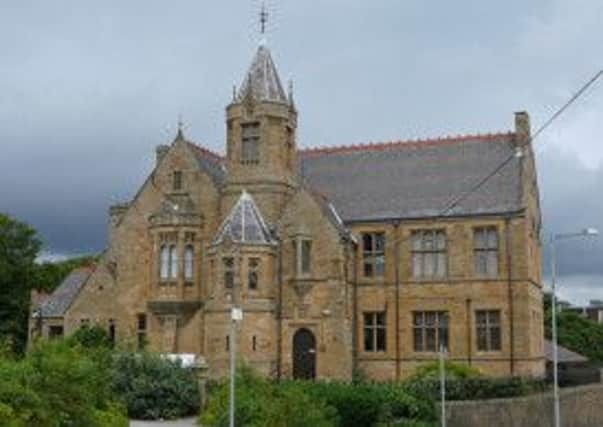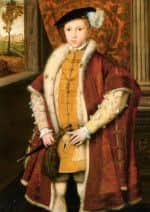The end of Burnley Grammar School


The Burnley Express of Friday, April 22nd, 1977, carried a front page story detailing the fight to save what is today the much-mourned grammar school, which eventually closed in 1981.
The school boasts a proud alumni of notable Burnley figures including knights of the realm, professors and musicians.
Advertisement
Hide AdAdvertisement
Hide AdBurnley’s first MP, Richard Shaw, was an old boy, as was Alfred Victor Smith, awarded the Victoria Cross during the First World War.


In more recent years, Mark Crabtree, founder of Oscar-winning sound system manufacturers AMS Neve, is another educated at the school.
But the warning signs were already evident in 1977 that the school might close.
Assurances were made, though, from the county Education Committee giving new hope to campaigners fighting to save the grammar school and neighbouring High School.
Advertisement
Hide AdAdvertisement
Hide AdWriting to the Friends of the Burnley Grammar School Association, Coun. Jack Ashton said “if public opinion demands it, the proposed comprehensive changeover in Burnley’s secondary schools can and will be altered.”
The letter came ahead of a huge public meeting held at the Casino Club, Manchester Road, to discuss the future of the establishments.
Burnley Grammar School opened in 1559, seven years after King Edward VI dissolved Chantries, effectively closing the Chantry School in Burnley.
Chantries were monetary trust funds established for the purpose of employing priests to sing Masses for the spiritual benefit of a dead person, generally the donor, hoped to be in the state of Purgatory.
Advertisement
Hide AdAdvertisement
Hide AdEdward VI, son of Henry VIII, the architect of England’s Reformation, was continuing his father’s work and raising money for the Crown at the expense of the Church.
Burnley Grammar School, which occupied several sites throughout its long history, was located in Bank Parade from 1874 to 1959 before moving to land at Byron Street in the former grounds of Ivy Bank House, sharing the site with Ivy Bank High School for Girls.
The High School for Girls survived until 1981 when it was merged with the grammar school to make Habergham High School.